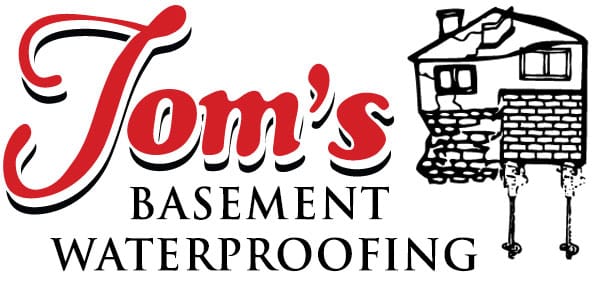Almost every home will encounter some water intrusion difficulty during their lifetimes. Even the most well-constructed and waterproofed basements will degrade over time, and regular maintenance paired with good waterproofing practices is the best way to combat these problems. However, like all construction projects, waterproofing your basement walls can be an arduous process with many opportunities to make a mistake. Therefore, we are happy to provide a few tips and things to avoid when waterproofing your walls to ensure your foundation stays healthy and sound.
Don’t Work When There Is Standing Water
Always drain or pump out all the standing water from your basement before committing to any repair. Water can cause mold to build up on walls and under paint, causing further damage the longer it is standing around. Try to find the location of any leaks and seal them first, then remove the water and get to work afterward. It’s imperative to stop water accumulation at the source and keep it secured before waterproofing. Hydraulic cement for sealing cracks is recommended as it expands rapidly and creates a strong joint far superior to what you can get from regular concrete.
Check For Leaks, And Don’t Forget The Window Well
Windows are a literal hole in the basement wall and, therefore, represent a significant weakness to the integrity of the surrounding walls. Moreover, the well on egress windows can create a reservoir for unwanted water if the drainage beneath was improperly installed or becomes clogged. One good practice is to check window wells for cracking and ensure the water drains are appropriate following a rain or snowstorm.
Avoid Sealing Over Paint
The paint looks nice, especially in a finished basement, and removes the uniform grey of drab concrete basement walls. However, when you use a crack sealer, it’s essential to remove any paint from the walls, most optimally with a sandblaster, but chipping away at it can work. Sealers are designed to be applied directly to bare masonry and will not adhere properly if applied over a layer of paint.
Never Forget To Check The Surrounding Soil
The first step in your waterproofing journey may need to be checking the exterior soil surrounding your home. Wet soil can erode away at the basement walls, as water is excellent at cutting through rock over an extended period. One easy way to prevent damage to your basement is to move the soil so that it slopes down and away from your home, and it is vital to fill in any holes around the foundation so that standing water is not present and slowly causing damage.
Don’t Wait To Address Foundation Issues!
If you notice cracks in your walls, your foundation shifting, or are starting to have standing water in the basement, you must take action sooner rather than later. Early intervention is your best defense against further damage, and taking the initiative can save you money and a lot of work further down the line. Basement wall damage does not slow or get better over time. The longer it is left untreated and not properly waterproofed, the more it can spread and multiply over time.
Know When To Call In The Pros At Tom’s Basement Waterproofing
When things become too complex, and you’re looking for professional basement waterproofing assistance, Tom’s Basement Waterproofing is your Southeast Michigan expert for basement waterproofing, repair, egress window installation, and foundation restoration. We have been bringing you affordable and quality waterproofing solutions since 1975. For a free quote and to get your repair started, click here now or give us a call at (586) 776-7270 to schedule today.

